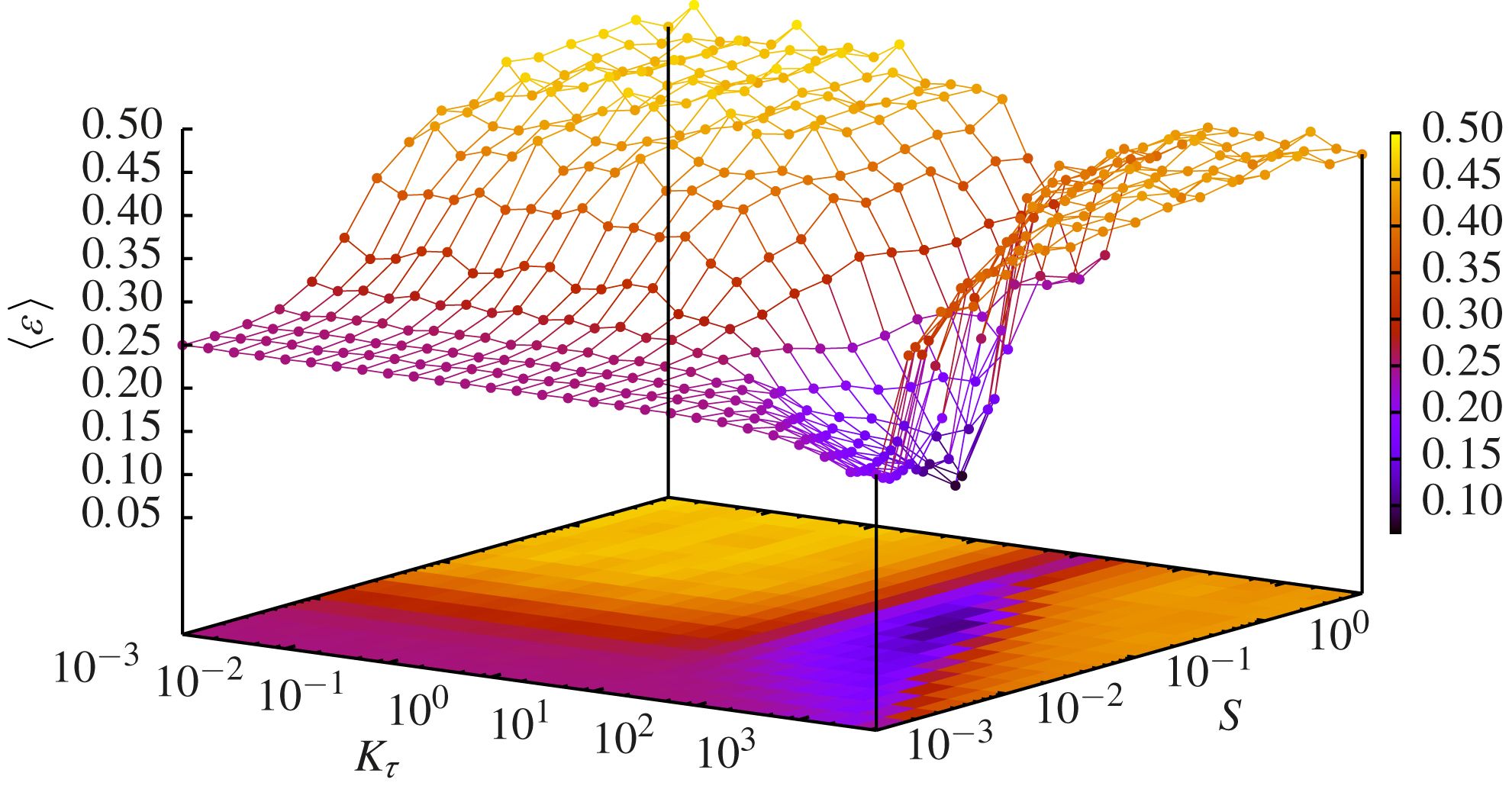EPJ B Highlight - Autonomous machines edge towards greater independence
- Details
- Published on 17 May 2017

Physicists are providing a greater level of autonomy for self-taught systems by combining how they respond to their learning as they evolve
Cars that can drive autonomously have recently made headlines. In the near future, machines that can learn autonomously will become increasingly present in our lives. The secret to efficient learning for these machines is to define an iterative process to map out the evolution of how key aspects of these systems change over time. In a study published in EPJ B, Agustín Bilen and Pablo Kaluza from Universidad Nacional de Cuyo, Mendoza, Argentina show that these smart systems can evolve autonomously to perform a specific and well-defined task over time. Applications range from nanotechnology to biological systems, such as biological signal transduction networks, genetic regulatory networks with adaptive responses, or genetic networks in which the expression level of certain genes in a network oscillates from one state to another.
These autonomous systems do not need an external tutor. Nor do they report to a central unit designed to modify what the system must learn depending on their performance. To increase their autonomy, the authors have built in delayed dynamics and a feedback loop with the system's performance. The delayed dynamics provide information on the history of the system, thus presenting the past relationships between its structure and performance. In turn, the feedback loop offers information on the system's actual performance in terms of how close it is to the desired task.
The researchers first successfully applied their approach to a neural network responsible for classifying several patterns, which yielded 66% robustness. These insights can be applied e.g. in analogue electronics, where a piece of hardware can learn a task autonomously without a central processing unit or external control. The team also tested their solution on a system of phase oscillators, which are interesting because the populations of such oscillators display some remarkable synchronisation traits. In such cases, autonomous learning helps to avoid the inherent fluctuations of error normally found in such systems.
Agustín M. Bilen and Pablo Kaluza (2017), Autonomous learning by simple dynamical systems with a discrete-time formulation, Eur. Phys. J. B 90:94, DOI 10.1140/epjb/e2017-70714-7




